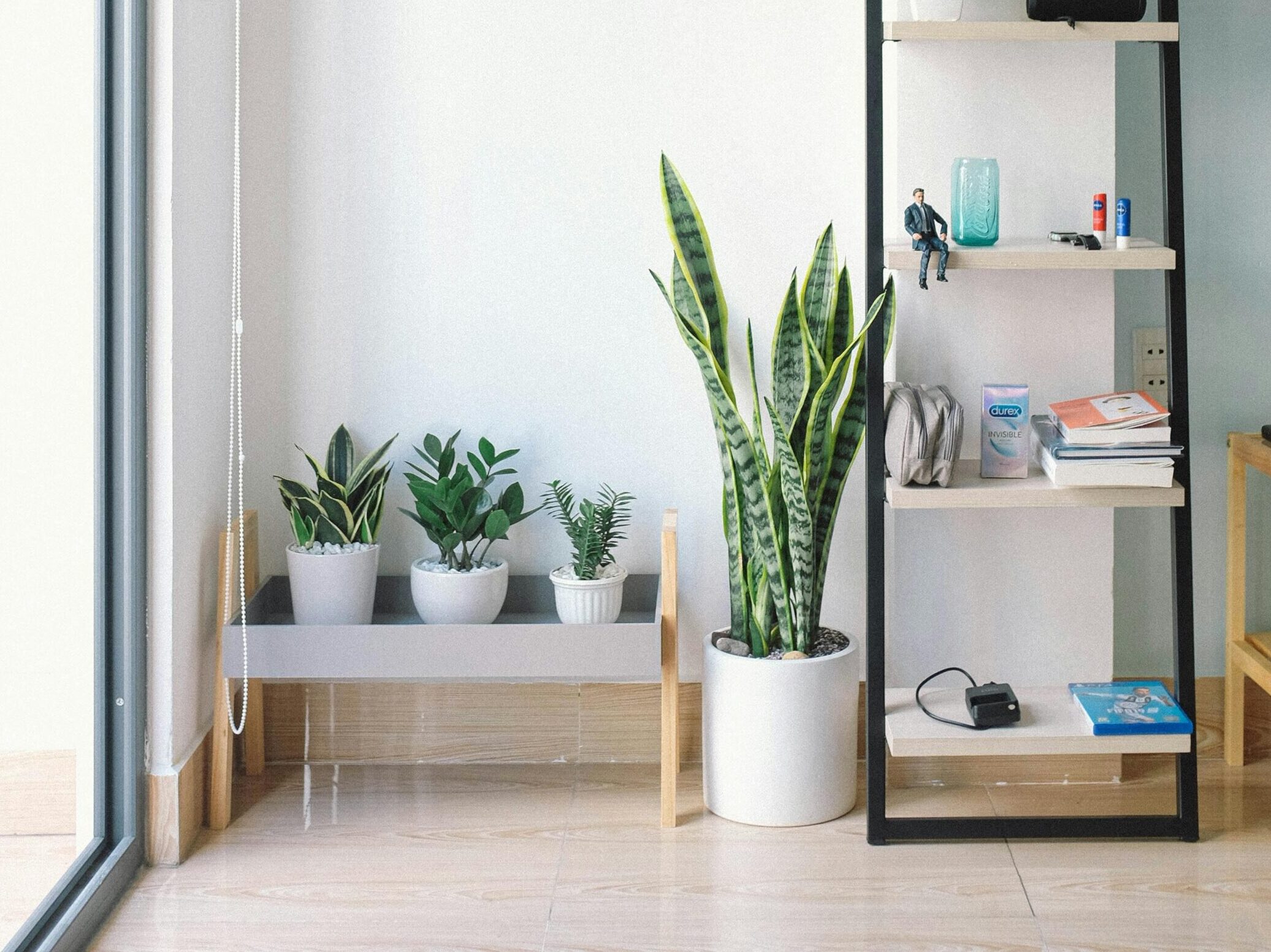Recently, products promoting clean-air at home have been trending on social media. However, air purifiers can cost anywhere from hundreds to thousands of dollars, and many of them emit ionizers that generate ozone. Fortunately, there is a much more cost-effective and environmentally friendly solution. There are many air-purifying houseplants, and they also add other natural health and wellness features to your home!
How do air-purifying houseplants work?
Photosynthesis, or the process of using sunlight to turn carbon dioxide into oxygen, allows plants to absorb pollutants such as nitrates, sulfates and ozone, according to Frontiers, a database of scientific journals. By doing so, plants purify the air and protect humans from harmful indoor toxins. According to the University of Florida Institute of Food and Agricultural Sciences (UF/IFAS) extension, microorganisms in potting soil also assist in cleaning the air.
One of the most common toxins plants can eliminate from homes is formaldehyde, which can enter homes in the form of household cleaners, smoking and building materials. Houseplants are also great for eliminating pollutants such as acetone, ammonia and carbon monoxide. Additionally, wood floorboards can have pollutants in their resin, and there are also pollutants in press board furniture, exhaust fumes and fabric treatments.
How to choose an air-purifying houseplant
While all plants perform photosynthesis, there are certain plants that are most ideal for air purification purposes. According UF/IFAS, low-light requiring houseplants with activated carbon plant filters have the potential to improve indoor air quality. However, it is important to be mindful of which plants we put in our homes. In Florida, moisture can be a prevalent problem. Water used on plants is released back into the air and can exacerbate mold and mildew problems, so plants that require frequent watering may not be best for Florida homes, according to UF/IFAS.
To avoid mold/mildew problems, consider succulents or other plants that don’t require frequent watering, especially indoors. It is also important to research which plants could be harmful to children and pets if accidentally ingested.
Best plants for Florida homes
1) Spider plant
2) Aloe vera
3) Gerbera daisy
4) Snake plant/Mother-in-law’s tongue
5) Boston fern
6) Golden Pothos
Bamboo palms are also great additions to Florida homes. While they are traditionally outdoor plants, they can be potted and brought inside. They filter out toxins found in furniture and can liven up any space.
Houseplants can serve as an alternative to air purifiers, and they can also improve your home’s interior aesthetic. With so many health benefits and low maintenance plants available, consider purchasing some for your home.
Related articles
Local Spots to Workout in Gainesville (That Aren’t the Gym!)
Why Should You Feed Your Cat Peas?
6 Ways to Improve Sleep Without Counting Sheep
6 Species of Florida Wildlife and Where to Find Them in Gainesville

